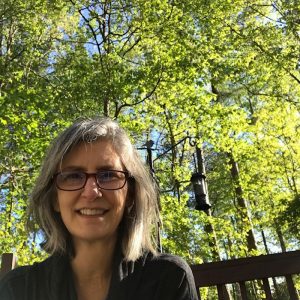Virginia’s Germanic heritage story starts with a title dispute. Anxious to settle the Shenandoah Valley, the Colonial Government at Williamsburg began selling off pieces of land west of the Blue Ridge in the 1730s. However, there was a catch: this land had already been claimed from across the Atlantic by the British Lord Thomas Fairfax. He would file suit, but lost his case in 1786, decades after his death.
The eventual winners of the suit were the farmers who had bought the land — descendants of immigrants who had originally settled in Pennsylvania from areas around the Rhine River in what we now know as Germany. These families had migrated to the Shenandoah Valley in search of more land to cultivate, bringing with them practices that would form the bedrock of early American farming culture.
This history is being preserved in part by Hottel-Keller Memorial, Inc. (HKMI), a nonprofit educational organization that owns the Hottel and Keller homesteads in Shenandoah County. HKMI runs the Shenandoah Germanic Heritage Museum on the site with volunteers from the Shenandoah County Historical Society.
“When Bill Jake Keller left the property to HKMI, his vision was to have a working farm and a museum building so that future generations could see how people used to live off the land, using technologies that influenced modern farming,” says Karen Cooper, the founding president of HKMI.
Thanks to a $400,000 grant from the Virginia Outdoors Foundation’s Preservation Trust Fund, the site is now protected permanently with an open-space easement. The funding will be put toward the construction of a dedicated museum building, the restoration of the farmstead, and the expansion of educational programs that demonstrate pre-Civil War Farming practices.
The architecture that remains on the site is central to Keller’s vision. The remains of the old Hottel and Keller homes illustrate the layout of a typical Shenandoah Rhinish house, and the 1750s-era spring and loom houses are perfect examples of 18th-century know-how. Additionally, period artifacts remain that can tell the story of daily life on the farm.
“We have a good collection of items that would be useful in the early American kitchen, as well as old tools and other items that may have been used for carpentry, cigar molds and various other items. We are just now learning how to interpret many of them,” Cooper states.
The property’s natural functions are also essential to the project. “We want to encourage and preserve the habitat that exists here for migratory birds, butterflies and bees, get rid of invasive plants, and replace them with native ones,” she says. Future plans also include creating a trail on the property that would connect with the Big Blue trail in the adjacent George Washington and Jefferson National Forest.
“As we see more and more housing come up in this area, we really feel that there should be something preserved so that people can imagine what life might have been like back then,” Cooper adds.
Laura Thurman, a VOF easement manager who served as the project lead, agrees. “If you drive by this place, you remember it,” she says. “It exemplifies what is wonderful about the Valley—farmland next to mountains, springs and streams and the stories of the families who lived here before us. I love that this place will be shared and that the folks who own it feel such a strong sense of stewardship.”
